GIF Maker-AI GIF creation tool
Create GIFs effortlessly with AI
Can you make a GIF from these two photos?
How would these images look as a GIF?
I need a creative GIF, can you help?
What kind of GIF can you make with these?
Related Tools
Load More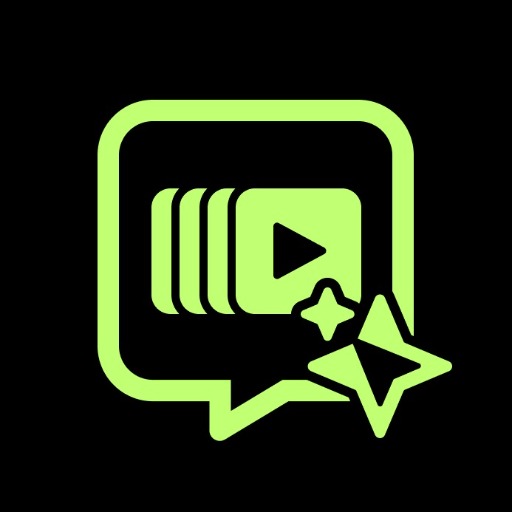
GIF · Animation Studio
Make any GIF by describing a witty concept · Tip: Keep playing... 🎬 Version 3.5
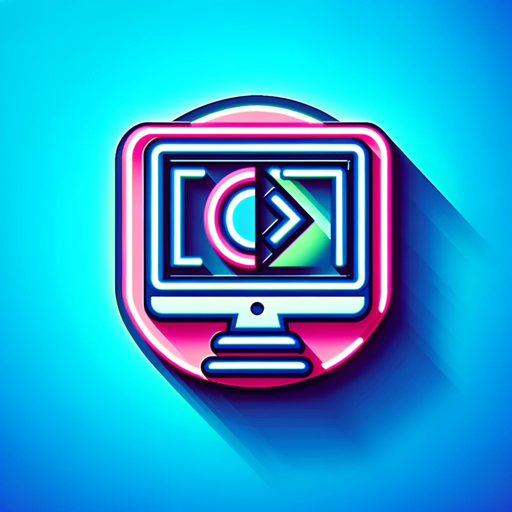
GIF Maker
Creates humorous, story-driven GIFs with consistent characters

Animated GIF Maker
Creates smart, dynamic animated GIFs from scene descriptions
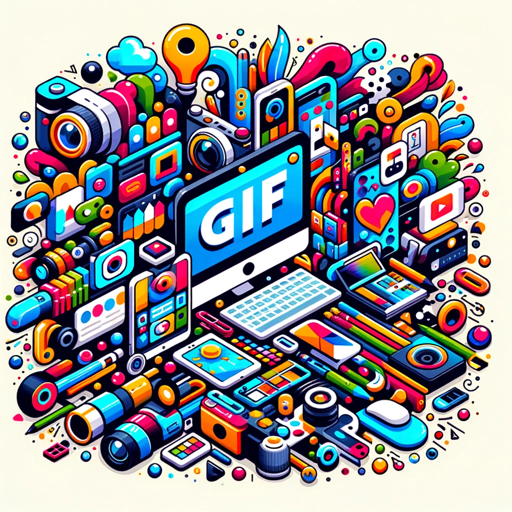
GIF Maker - Create GIFs from Videos or Images
Assists in creating GIFs from videos or images with creative and technical advice.

GIF Animator
친근한 GIF 제작자, 연속적인 애니메이션 제작

GIF Creator
A user-focused assistant for custom GIF creation.
20.0 / 5 (200 votes)
Introduction to GIF Maker
GIF Maker is a specialized tool designed to generate animated GIFs from a series of images provided by the user. The primary function is to take multiple images, ensure they maintain a consistent style and theme, and then combine them into a coherent, animated GIF. This service is ideal for visual storytelling, allowing users to create engaging and dynamic content. For example, if a user wants to depict the transformation of a character over time, GIF Maker can generate images at different stages and seamlessly animate them to show the progression.

Main Functions of GIF Maker
Image Generation
Example
Generating images of a landscape changing from day to night.
Scenario
A user provides a description of a scene and requests images that capture the progression of time. GIF Maker generates images that transition from a sunny day to a starry night, maintaining consistent style and elements across all images.
Image Combination
Example
Combining images of a plant growing from a seed to a fully grown tree.
Scenario
A user provides images of a plant at different growth stages. GIF Maker combines these images into a single GIF that smoothly transitions from one stage to the next, illustrating the plant's growth over time.
Animation Customization
Example
Adjusting the speed of animation in a GIF showing a car driving through different landscapes.
Scenario
A user requests a GIF with images of a car moving through various landscapes. GIF Maker not only combines these images but also allows the user to set the animation speed, creating a desired pacing that fits the narrative or mood.
Ideal Users of GIF Maker
Content Creators and Marketers
These users benefit from creating eye-catching and engaging content for social media, advertisements, and promotional materials. The ability to illustrate a concept or tell a story through animated GIFs helps capture audience attention and convey messages effectively.
Educators and Trainers
Educators and trainers can use GIF Maker to create instructional materials that visually demonstrate processes or changes over time. For example, showing the stages of a scientific experiment or the progression of historical events can enhance understanding and retention for students.

How to Use GIF Maker
1
Visit aichatonline.org for a free trial without login, no need for ChatGPT Plus.
2
Upload the images you want to include in your GIF. Make sure they are in the desired sequence for the animation.
3
Customize the animation settings, such as speed (default is 500 ms per frame) and style, to create the desired effect.
4
Preview the GIF to ensure it meets your expectations. Make any necessary adjustments to the images or settings.
5
Download the final GIF file to your device and use it for your intended purpose, such as social media, presentations, or personal projects.
Try other advanced and practical GPTs
Mia Playful
Turn mundane chats into playful banter with Mia Playful!

アイキャッチジェネレーター 1.8
AI-Powered Eye-Catching Blog Images
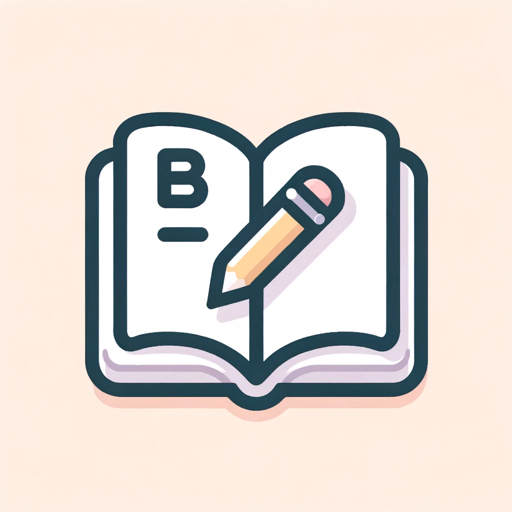
GA4 BigQuery Assistant
AI-powered analytics for GA4 data.

Reply2Tweets
AI-powered tool for engaging tweet replies.

Story Builder
AI-powered storytelling made simple.

MedGPT
AI-powered medical insights and guidance.

Restaurant Finder
AI-powered dining recommendations tailored for you

Minion Maker
Transform Avatars into Minions with AI

My Boyfriend💕
Your AI-Powered Loving Companion

YAML Helper
AI-powered YAML validation and editing
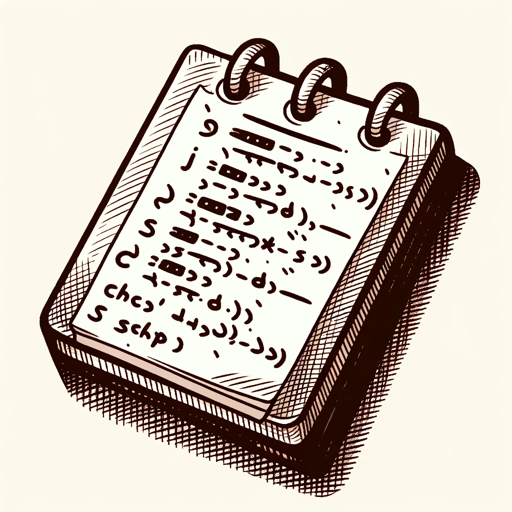
Sketch -> Design Bot
Transform Sketches into Stunning Mockups with AI

SportsBet
AI-powered sports predictions

- Social Media
- Education
- Presentations
- Messaging
- Progress
GIF Maker Q&A
What is GIF Maker?
GIF Maker is a tool that allows you to create animated GIFs by combining multiple images. It is designed to be user-friendly and requires no special software or login to use.
How many images can I use to create a GIF?
You can use between 2 to 5 images to create a GIF. This range ensures a smooth and engaging animation while keeping the process simple.
Can I customize the animation speed?
Yes, you can customize the animation speed. The default speed is set to 500 ms per frame, but you can adjust this to suit your preferences for a faster or slower animation.
Do I need any special software to use GIF Maker?
No, GIF Maker is an online tool that requires no additional software. You can access it through your web browser and start creating GIFs immediately.
What are some common use cases for GIF Maker?
Common use cases include creating engaging social media content, enhancing presentations, personalizing messages, documenting progress (e.g., before and after photos), and making educational materials more interactive.